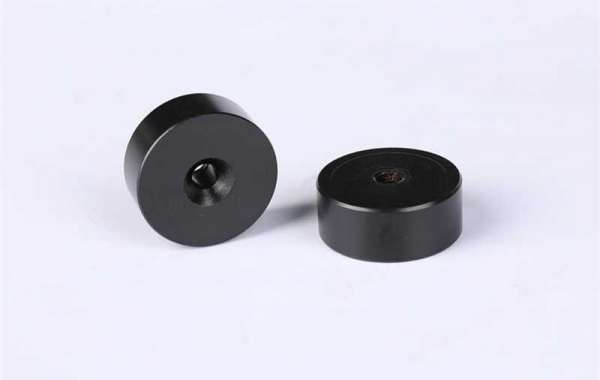In a case report published in 2015 that led to the initiation of measures governing the use of magnets at the workplace, it was pointed out that a 52-year-old man was injured while trying to generate electricity for experimental purposes using a device containing Neodymium Disc Magnet. The magnet crashed into pieces injuring his face. The report further discussed the difficulty of operating with strong magnets using traditional tools and the possible damages of uncontrolled movements caused by such tools. Accordingly, it was stated that there is also a need for medical equipment that are insensitive to magnetic effects.
Orientation of iron-containing nanoparticles by magnets and their use in pharmacotherapy
Currently, magnetic iron oxide nanoparticles are used in several biomedical and neurobiological operations such as those performed for the monitoring and treatment of tumors.
A study reported that the attachment of oxide nanoparticles to the astrocytic membrane and their entrance into the cells becomes easier by virtue of the magnetic field generated by neodymium magnets laid under the astrocyte cells in the brain.
Human stem cells in serum-free medium, to which an amount of magnetic nanoparticles containing iron (0.043 mg/ml) was added in a nontoxic level, were used along with neodymium magnets and observed on a daily basis. No effect on stem cell prepotency and proliferation was recorded was reported in this study.
In a study conducted on pigs in 2014, vascular stents were rendered magnetic by means of neodymium magnets and, thus, ensured to hold to endothelium cells that were supported with iron particles. This may lead to an important development in stent-related procedures because the acceleration of endothelialization would reduce the risk of thrombosis.
An animal study published in 2012 had the orientation of stem cells containing iron particles to the targeted area in the retina again ensured with neodymium magnets. This appeared to be particularly important in the treatment of age-related macular degeneration and retinitis pigmentosa.
Nanoparticles loaded with cytotoxic chemotherapeutic agents can be oriented toward tumors. In tumor areas, capillary permeability increases and particles that cannot intercellularly travel elsewhere can pass into the tumor. This passage of nanoparticles can be reinforced through orientation by magnets.
In an experiment on aneurysm closure, magnets placed on the outer body of experimental rabbits were used to direct magnetic micro particles in the circulation toward the area for at least 30 minutes. Although aneurysmal recanalization was observed 12 weeks later during follow-up, this was an important study for possible new modalities in the treatment of aneurysms.
Another study conducted in 2014 showed that sperms exposed to magnetic field were more enduring.
Use of magnets in dentistry
Magnets have also been used in orthodontic operations. The outward movement of the buried tooth root in cases of dental fracture can be achieved using magnets in 9–12 weeks. The root reaching out can then be reformed by methods such as porcelain coating. Neodymium magnets are used with coatings as they are not resistant to corrosion and gradual loss of strength.
Do not hesitate to contact us,as an professional Sm2Co17 Magnet manufacturer, We will offer the best service for every customer.







